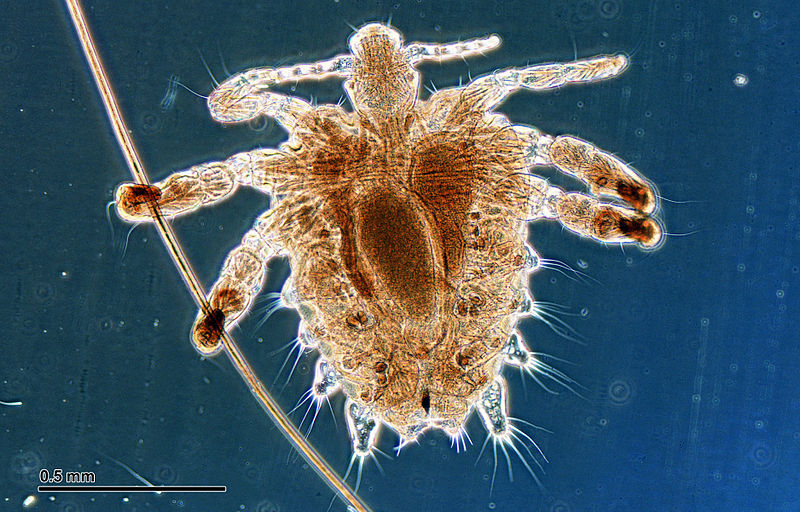Blog
How To Know You Have A Sexually Transmitted Infection (STI)
Like our page Go Africa Health on Facebook & twitter: @GoAfricaHealth
HealthLine
The term sexually transmitted disease (STD) is used to refer to a condition passed from one person to another through sexual contact. You can contract an STD by having unprotected vaginal, anal, or oral sex with someone who has the STD.
An STD may also be called a sexually transmitted infection (STI) or venereal disease (VD).
That doesn’t mean sex is the only way STDs are transmitted. Depending on the specific STD, infections may also be transmitted through sharing needles and breastfeeding.

Written By Heather Cruickshank S
Symptoms of STDs in men
It’s possible to contract an STD without developing symptoms. But some STDs cause obvious symptoms. In men, common symptoms include:
- pain or discomfort during sex or urination
- sores, bumps, or rashes on or around the penis, testicles, anus, buttocks, thighs, or mouth
- unusual discharge or bleeding from the penis
- painful or swollen testicles
Symptoms of STDs in women
In many cases, STDs don’t cause noticeable symptoms. When they do, common STD symptoms in women include:
- pain or discomfort during sex or urination
- sores, bumps, or rashes on or around the vagina, anus, buttocks, thighs, or mouth
- unusual discharge or bleeding from the vagina
- itchiness in or around the vagina
Types of STDs
A certain type of bacteria causes chlamydia. It’s the most commonly reported STD among Americans, notes the Centers for Disease Control and Prevention (CDC).
Many people with chlamydia have no noticeable symptoms. When symptoms do develop, they often include:
- pain or discomfort during sex or urination
- green or yellow discharge from the penis or vagina
- pain in the lower abdomen
If left untreated, chlamydia can lead to:
- infections of the urethra, prostate gland, or testicles
- pelvic inflammatory disease
- infertility
If a pregnant woman has untreated chlamydia, she can pass it to her baby during birth. The baby may develop:
- pneumonia
- eye infections
- blindness
HPV (human papillomavirus)
Human papillomavirus (HPV) is a virus that can be passed from one person to another through intimate skin-to-skin or sexual contact. There are many different strains of the virus. Some are more dangerous than others.
The most common symptom of HPV is warts on the genitals, mouth, or throat.
Some strains of HPV infection can lead to cancer, including:
- oral cancer
- cervical cancer
- vulvar cancer
- penile cancer
- rectal cancer
While most cases of HPV don’t become cancerous, some strains of the virus are more likely to cause cancer than others. According to the National Cancer Institute, most cases of HPV-related cancer in the United States are caused by HPV 16 and HPV 18. These two strains of HPV account for 70 percent of all cervical cancer cases.
Syphilis
Syphilis is another bacterial infection. It often goes unnoticed in its early stages.
The first symptom to appear is a small round sore, known as a chancre. It can develop on your genitals, anus, or mouth. It’s painless but very infectious.
Later symptoms of syphilis can include:
- rash
- fatigue
- fever
- headaches
- joint pain
- weight loss
- hair loss
HIV
HIV can damage the immune system and raise the risk of contracting other viruses or bacteria and certain cancers. If left untreated, it can lead to stage 3 HIV, known as AIDS. But with today’s treatment, many people living with HIV don’t ever develop AIDS.
In the early or acute stages, it’s easy to mistake the symptoms of HIV with those of the flu. For example, the early symptoms can include:
- fever
- chills
- aches and pains
- swollen lymph nodes
- sore throat
- headache
- nausea
- rashes
Gonorrhea
Gonorrhea is another common bacterial STD. It’s also known as “the clap.”
Many people with gonorrhea develop no symptoms. But when present, symptoms may include:
- a white, yellow, beige, or green-colored discharge from the penis or vagina
- pain or discomfort during sex or urination
- more frequent urination than usual
- itching around the genitals
- sore throat
Herpes
Herpes is the shortened name for the herpes simplex virus (HSV). There are two main strains of the virus, HSV-1 and HSV-2. Both can be transmitted sexually. It’s a very common STD. The CDC estimates more than 1 out of 6 people ages 14 to 49 have herpes in the United States.
HSV-1 primarily causes oral herpes, which is responsible for cold sores. However, HSV-1 can also be passed from one person’s mouth to another person’s genitals during oral sex. When this happens, HSV-1 can cause genital herpes.
HSV-2 primarily causes genital herpes.
The most common symptom of herpes is blistery sores. In the case of genital herpes, these sores develop on or around the genitals. In oral herpes, they develop on or around the mouth.
Herpes sores generally crust over and heal within a few weeks. The first outbreak is usually the most painful. Outbreaks typically become less painful and frequent over time.
read more at healthline